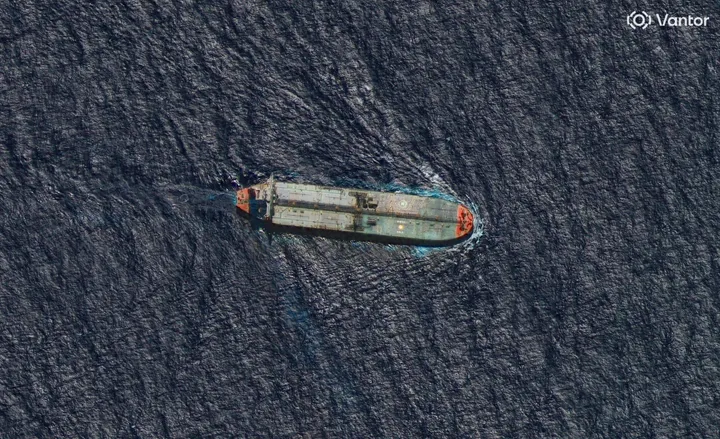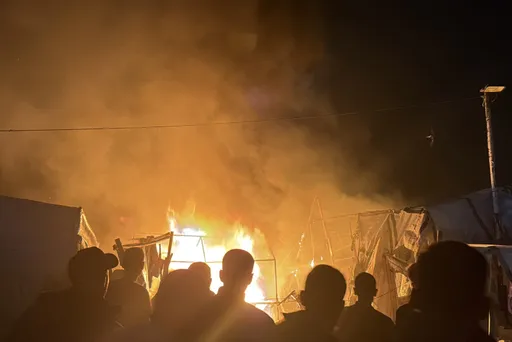It is celebrated predominantly in the US, but on Black Friday millions of people around the world spend billions of dollars as they take advantage of sales and promotions.
According to a recent data, 38 percent of American consumers planned to shop on Black Friday this year, and six in 10 of those shoppers anticipated making at least half of their holiday purchases on that day.
The poll showed 37 percent of consumers intend to do their shopping primarily or totally online, while 16 percent expected to shop primarily or totally in a physical store.
What exactly is Black Friday?
Traditionally, the day after Thanksgiving, or Black Friday, kicked off the holiday shopping season in the United States. Retailers would dangle “hard to miss” deals, hoping to reel in customers looking for holiday presents.
The Philadelphia police department, according to some, was the first to dub the event Black Friday in the 1960s. The connotation was a dark one for officers who had to grapple with traffic jams and agitated crowds taking over pavements as they waited in line for deals.
But the department’s attempt at pulling a semantic fast one did not work; eventually retailers and consumers made Black Friday something positive, something to look forward to.
That urgent hunt for Black Friday bargains is no longer just limited to the US, nor is it just for buying gifts for the holiday season. Europe and, more recently, Asian countries have latched on to the wave of eager shoppers lured by red tag tactics.
The characteristic long queues outside department stores and other shops, that are usually closely watched by economists and analysts to assess the health of the retail sector, are now matched by virtual lines.
There is a feverish atmosphere online as customers wait for the hour to change so they can click the checkout button. Push notifications and email alerts add to the sense of urgency that the sale must not be missed.
Brick and mortar retail has also adapted, with stores now opening on Thanksgiving evening.
But even with the split queues, Black Friday still ends up seeing scuffles and violence — to the point where there are websites dedicated to tracking violent acts of shopping in the US.
At least 10 people have died in the US since 2006, according to BlackFridaydeathcount.com. This site ranks risk of violence in states on the day.
When black becomes legendary
In Muslim countries, where Friday holds religious significance for many, the day has been mildly rebranded to avoid the juxtaposition of black with something blessed.
Souq, Amazon’s massive e-commerce website covering the Arab market, introduced White Friday in 2014 to sidestep Black Friday.
In Turkey, a Muslim-majority country, companies recently started marketing the day as Efsane Cuma which translates as Legendary Friday.
Although it has been renamed in different regions of the world, US retailers have successfully exported the notion of Black Friday around the world.
























